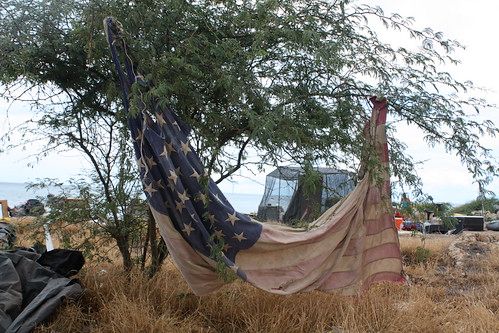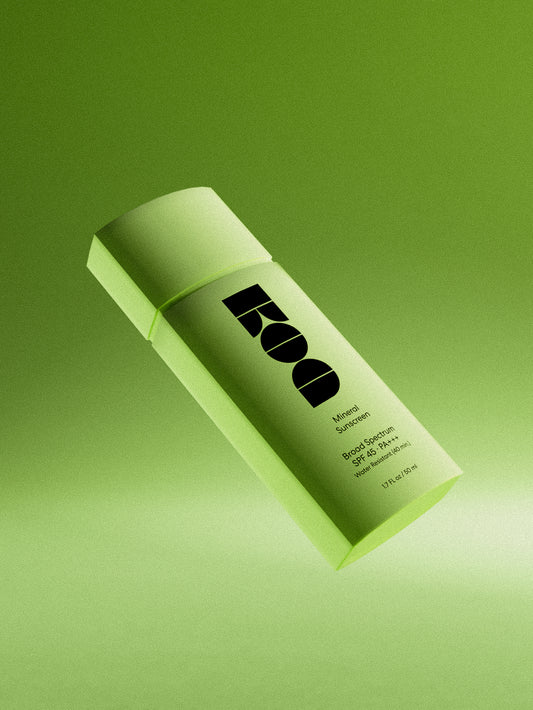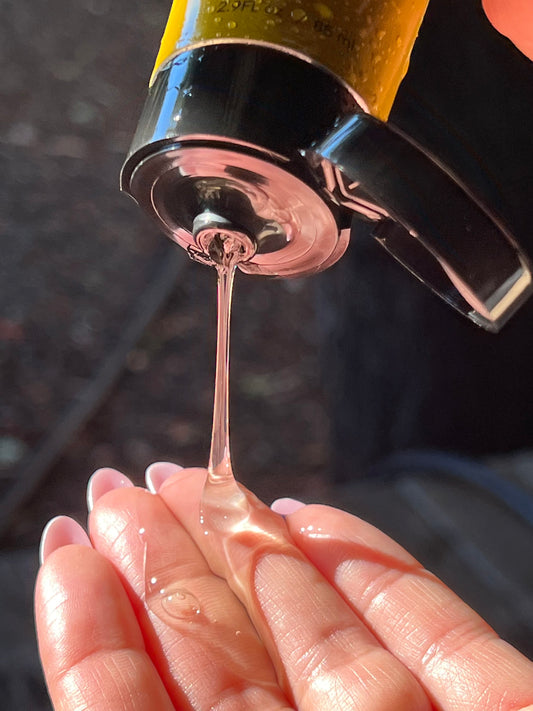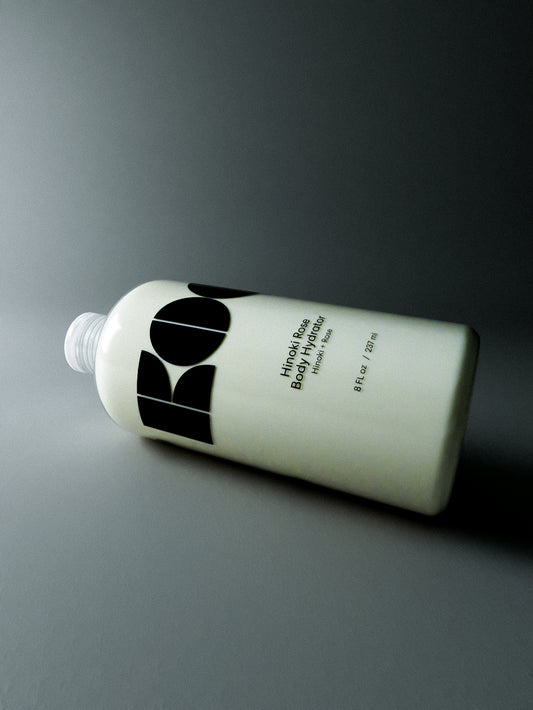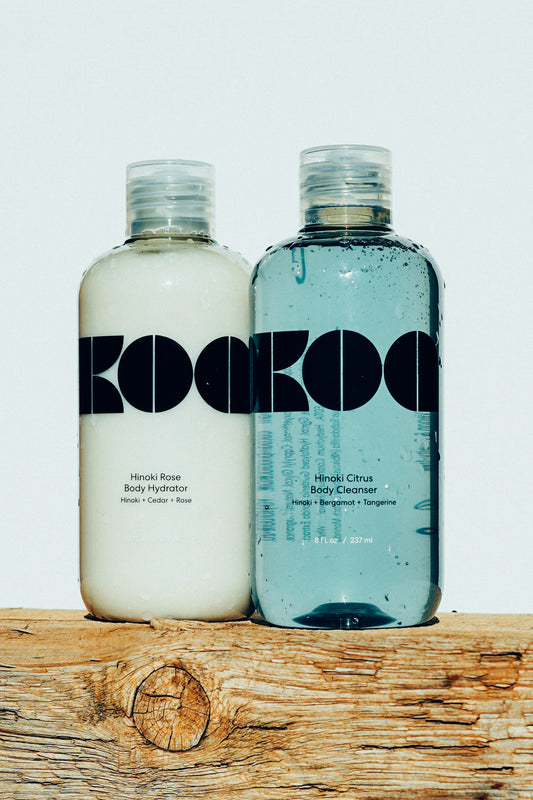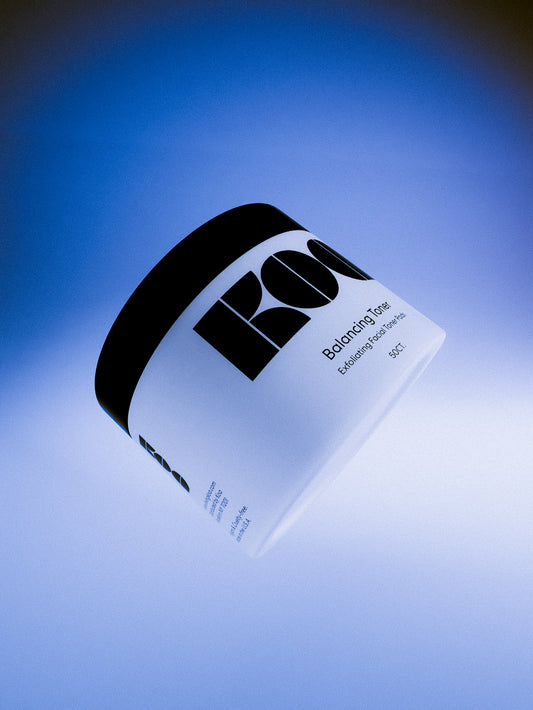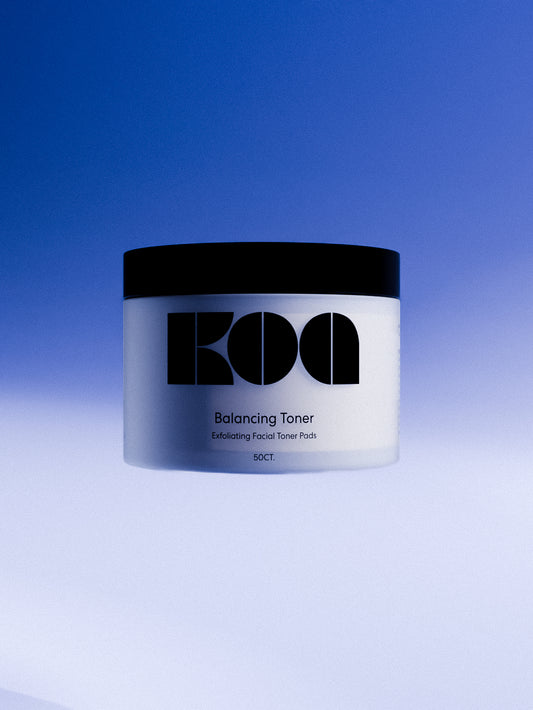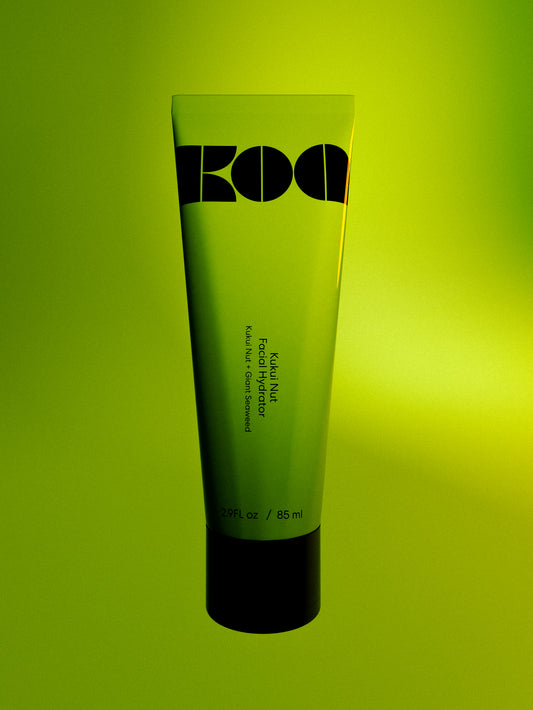Over the past month, we have seen communities across the United States (and the world) hold a mirror up to society and fight against racial inequality and injustice of all kinds. As we started to participate, donate and educate ourselves, we came upon a new term: environmental justice. This less-discussed but fundamentally important topic is where social justice and environmentalism intersect. More specifically, it explores connections between race, socioeconomic status and environmental hardship. As a business built around environmental responsibility, we were inspired to learn more.
Our environmental justice journey began with an article by noted activist and writer Leah Thomas, in which she shared a disturbing insight: “minority and low-income communities [are] statistically more likely to live in neighborhoods exposed to toxic waste, landfills, highways, and other environmental hazards.”
Just as America’s police state disproportionately endangers people of color, a mix of discriminatory public policy and harmful environments can do the same. Environmental inequality is pervasive and deeply-entrenched in decades of oppressive policies that quite literally put millions of people at risk. To break down these injustices, we need to understand how this inequality became normalized and how legislation and political action can dismantle it.
What Does Environmental Inequality Look Like?
Environmental injustice begins with destructive environmental practices such as waste dumps and pollution, but it takes shape when economic circumstances force minority groups to live in exposed areas. This results in greater burdens, through health issues or harm to property, for groups lacking the resources to weather them.
Polluted, or “brownfield”, land is undesirable to live on and cheap. Due to long-term racial wealth gaps, people of color often live on or near polluted land. More than half of the people who live within 1.86 miles of toxic waste facilities in the United States are people of color. People of color are nearly twice as likely as white residents to live within a fenceline zone of an industrial facility.
Polluted air, water and soil lead to higher instances of chronic illnesses among populations living near dumps and industrial zones. Such illnesses are additionally harder to manage in marginalized communities with limited insurance and healthcare resources.
For instance, when we took a closer look at our home state of Hawaii, we learned that Black and Native Hawaiian populations are twice as likely to live near waste dumps. Predictably, asthma is twice as prevalent among Native Hawaiians as other Americans.
Nobody aims to live in environmentally precarious locations, but political and economic factors give many families no choice—it’s a pattern that exists across the country from New York to New Orleans to Honolulu.
What Can We Do About It?
Communities face the realities of environmental inequality each and every day, so the ‘do less harm’ mantra of fighting climate change is inadequate here. Changes in legislation and policy are the most direct route to help at-risk communities, as deeply rooted institutional norms perpetuate inequality at the environmental level.
Actionable solutions focus on public health reform, affordable housing and regulatory legislation.
Organizations such as the Center on Race, Poverty & the Environment are committed to advocating for environmental justice from all angles. Their work includes anti-pollution lobbying and community investment to bring better water, sanitation and waste disposal to disadvantaged neighborhoods.
Directing cap and trade funds toward healthcare and infrastructure in low-income areas provides immediate support to those in need while still combating climate change at scale. Green For All campaigns for local and state governments to invest revenue from carbon pricing back into the communities harmed most from excessive pollution.
Lack of affordable housing keeps marginalized communities living on polluted lands. In Hawaii, CCH, AHED and others work to provide Native Hawaiians and lower-income families with safe and clean housing.
--
As the country reckons with the fact that our institutions and laws value some human lives more than others, environmental justice must become part of the discussion. When environmental protections and safety measures ignore minority and low-income communities, the environment becomes yet another weapon of oppression and discrimination that puts lives at risk.
To learn more about environmental justice and what Koa is doing to help, join our community newsletter.

